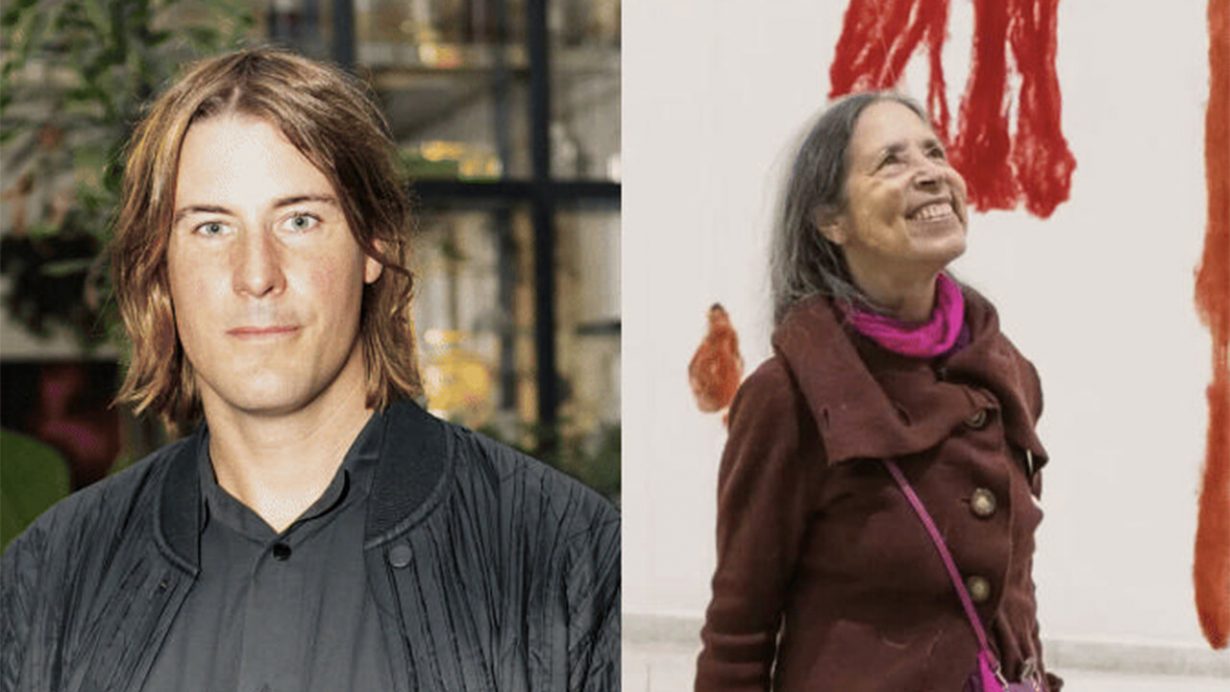
Julian Charrière and Cecilia Vicuña have been awarded the inaugural Eric and Wendy Schmidt Environment and Art Prize, the Museum of Contemporary Art, Los Angeles (LA MoCA) has announced.
Each artist receives $100,000 USD and will have a project ‘addressing the critical intersections of art, climate change, and environmental justice’ commissioned by LA MoCA and presented at the museum in 2026. Though intended to go to one artist, the prize was this year awarded to both artists, ‘after intense deliberations’ by the jury.
Born in Morges, Switzerland in 1987, Charrière’s interdisciplinary practice includes film, photography and sculpture – all frequently stemming from field research in remote, ecological locations such as glaciers, volcanoes, and radioactive sites. Charrière is a former student of Olafur Eliasson’s Institute for Spatial Experiments.
Born in Santiago in 1948, Vicuña entered exile in the early 1970s after the CIA-backed coup against Salvador Allende. Vicuña’s textile sculptures explore issues of climate change, feminism and social justice. She coined the phrase Arte Precario as a reference to her work’s physical and subjective concerns. ‘We are past the time when we could do just art; now, our efforts must also confront the existential threat to humanity itself by conjuring new systems for relating and hearing each other across social class, race, and national boundaries,’ Vicuña said receiving her award.
Members of this year’s jury include Johanna Burton, Maurice Marciano director of LA MoCA; Carson Chan, curator of Architecture and Design at the Museum of Modern Art, New York; Dan Hammer, advisor to La MoCA’s Environmental Council; John Kenneth Paranada, curator at the Sainsbury Centre, UK; and Maria Seferian, chair of LA MoCA board of trustees.
Established by philanthropists Eric and Wendy Schmidt, the prize is awarded biennially to artists ‘whose work foregrounds pressing environmental concerns and engages communities in thought-provoking, creative solutions’. Eric Schmidt was formerly CEO of Google.
‘Science can explain our environment, but only art can illuminate it—cutting through the corpus of data to capture the spirit of our planet, our humanity, and the deep interconnectedness we share with all life around us,’ Wendy Schmidt said of the prize in a statement.